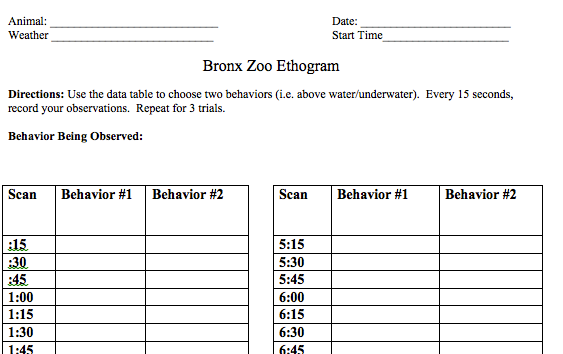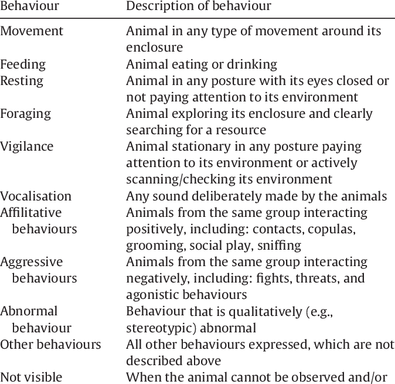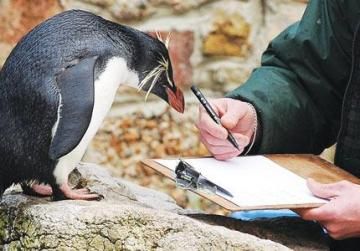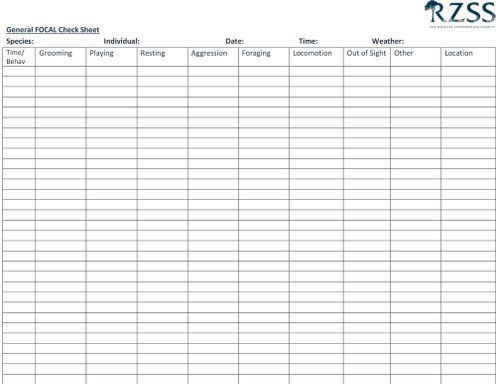What are Ethograms?
An ethogram is a detailed, systematic observation of an animal's behavior. In zoos and aquariums, ethograms are used to understand the natural behavior patterns of animals in human care and to identify any abnormal or abnormal behaviors. This can help keepers and veterinarians identify potential health issues or welfare concerns, and make informed decisions about how to best care for the animals.
An ethogram typically includes a list of all the behaviors an animal is capable of performing, and the frequency and duration of each behavior. This can include behaviors such as eating, drinking, grooming, sleeping, socializing, and interacting with their environment. Observers will record the time of day, location, and context of the behavior, as well as any other relevant information.
Ethograms are typically used to evaluate the welfare of animals in captivity and to understand how different environmental conditions and management practices impact their behavior. They can also be used to compare the behavior of animals in captivity to those in the wild, and to identify ways to improve the welfare of captive animals.
The use of ethograms can help zookeepers and veterinarians to understand the animals they are caring for, and to provide them with the best possible environment and care. This can include providing enrichment activities that encourage natural behaviors, ensuring that the animals have adequate space and social interactions, and monitoring the animals for any signs of stress or ill health.
Overall, ethograms are a valuable tool for monitoring and understanding animal behavior in zoos and aquariums, and for ensuring the well-being of the animals in human care.








